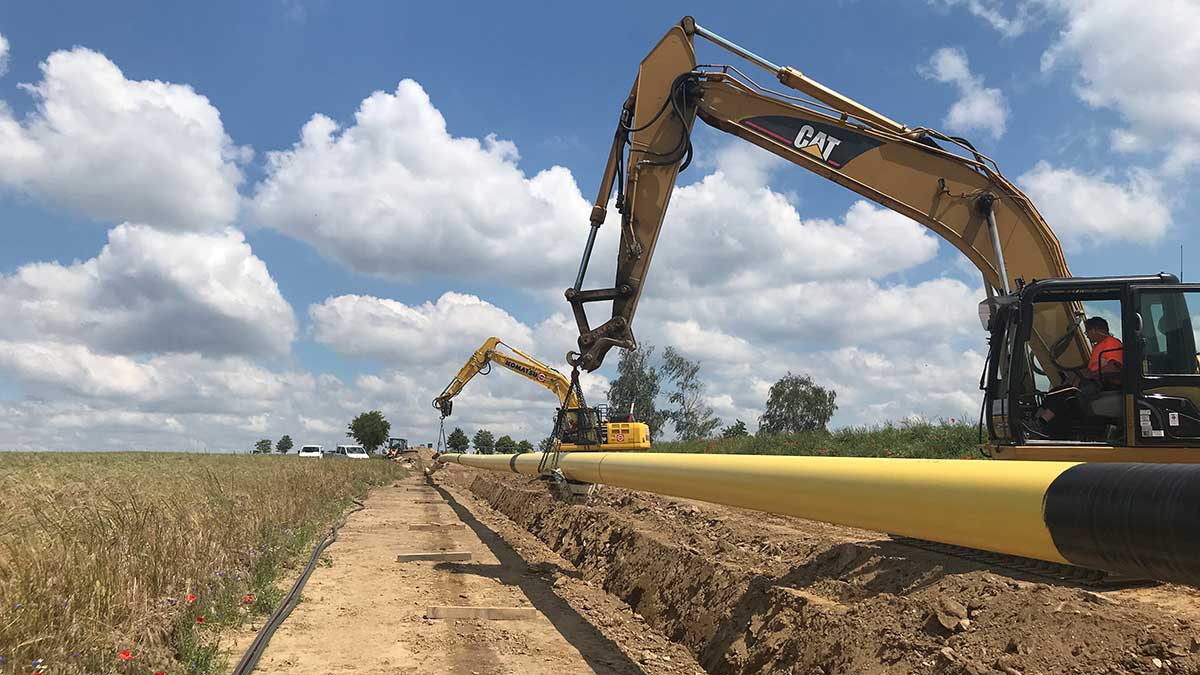Fraunhofer EMI is developing innovative numerical simulation methods for planning resilient hydrogen grids.
Hydrogen is increasingly seen as a promising fossil-free energy source and plays a key role in the energy transition. It helps to reduce greenhouse gas emissions and achieve climate neutrality. Green hydrogen, produced from surplus wind and solar energy, can be stored locally and transported to remote consumers via grids. However, storage and transportation involve risks: Natural disasters, sabotage or political sanctions can jeopardize supply. Careful planning of resilient hydrogen infrastructures is therefore essential in order to secure the energy supply in international networks.
Numerical network modeling which simulates physical conditions in hydrogen networks, offers valuable tools for this. It allows “what-if” analyses, reveals weak points and evaluates resistance to disruptions. Such models must accurately depict network behavior under extreme conditions in order to mitigate risks. The simulation of the network’s dynamic reactions to extreme events is particularly important.
Fraunhofer EMI is developing a hydraulic simulation tool based on physical principles and engineering models. It analyzes the reactions of hybrid or pure hydrogen networks with storage systems to disruptions. This novel, numerically robust approach makes it possible for the first time to make consistent and rapid predictions of system behavior before, during and after disruptions as well as forecasts of survival and recovery times. The results can provide essential valuable contributions to the planning of resilient hydrogen networks.
